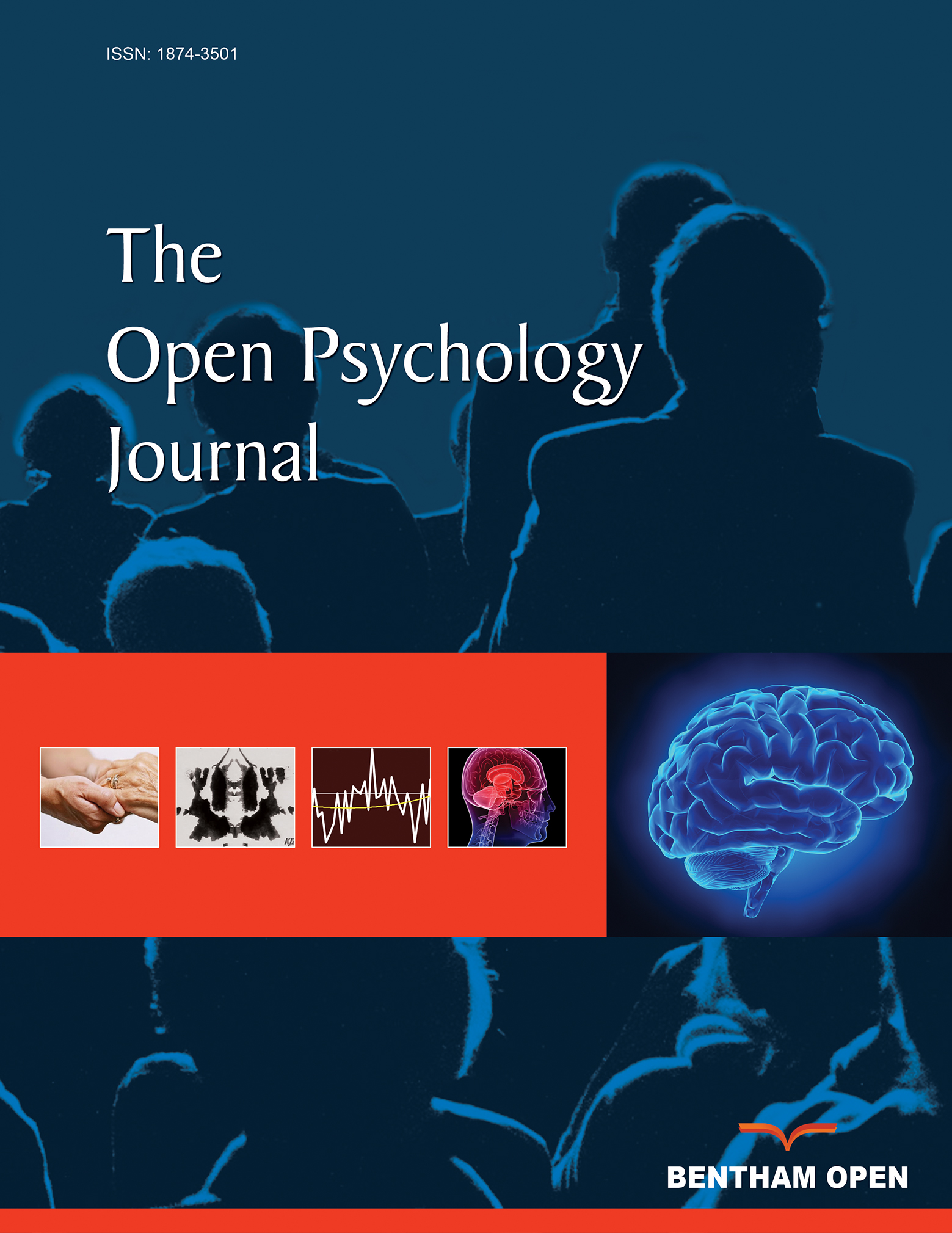All published articles of this journal are available on ScienceDirect.
Social and Behavioral Rhythms is Related to the Perception of Quality of Life in Old Adults
E-Mail Address of Dr. Mauro Giovanni Carta
mgcarta@tiscali.it
E-Mail Address of Dr. Elisa Pintus
mgcarta@tiscali.it
E-Mail Address of Dr. Rosanna Zaccheddu
mgcarta@tiscali.it
E-Mail Address of Dr. Omar Callia
mgcarta@tiscali.it
E-Mail Address of Dr. Giuliana Conti
mgcarta@tiscali.it
E-Mail Address of Dr. Cesar Ivan Aviles Gonzalez
mgcarta@tiscali.it
E-Mail Address of Dr. Luigi Minerba
mgcarta@tiscali.it
E-Mail Address of Dr. Roberto Demontis
mgcarta@tiscali.it
E-Mail Address of Dr. Massimiliano Pau
mgcarta@tiscali.it
E-Mail Address of Dr. Eleonora Cocco
mgcarta@tiscali.it
E-Mail Address of Dr. Maria Petronilla Penna
mgcarta@tiscali.it
E-Mail Address of Dr. Goce Kalcev
mgcarta@tiscali.it
E-Mail Address of Dr. Stefano Lorrai
mgcarta@tiscali.it
E-Mail Address of Dr. Fernanda Velluzzi
mgcarta@tiscali.it
E-Mail Address of Dr. Andrea Lovoselli
mgcarta@tiscali.it
E-Mail Address of Dr. Marco Monticone
mgcarta@tiscali.it
E-Mail Address of Dr. Maria Valeria Massidda
mgcarta@tiscali.it
E-Mail Address of Dr. Maria Rita Pinna
mgcarta@tiscali.it
E-Mail Address of Dr. Laura Atzori
mgcarta@tiscali.it
E-Mail Address of Dr. Alberto Cauli
mgcarta@tiscali.it
E-Mail Address of Dr. Alessandra Scano
mgcarta@tiscali.it
E-Mail Address of Dr. Germano Orrù
mgcarta@tiscali.it
E-Mail Address of Dr. Antonio Crisafulli
mgcarta@tiscali.it
E-Mail Address of Dr. Sofia Cosentino
mgcarta@tiscali.it
E-Mail Address of Dr. Sergio Machado
mgcarta@tiscali.it
E-Mail Address of Dr. Dario Fortin
mgcarta@tiscali.it
E-Mail Address of Dr. Gian Mario Migliaccio
mgcarta@tiscali.it
E-Mail Address of Dr. Gabriele Finco
mgcarta@tiscali.it
E-Mail Address of Dr. Mario Musu
mgcarta@tiscali.it
E-Mail Address of Dr. Giulia Cossu
mgcarta@tiscali.it
Abstract
Introduction:
The purpose is to verify in old adults if social and behavioral rhythms (SBRs) are correlated with a positive perception of the quality of life (QoL). Social and behavioral rhythms and related circadian biorhythms are known as central points in the pathophysiology of bipolar disorders. A secondary aim is to see if a similar relationship can be found in Major Depressive Disorder (MDD) in old adults. Sample: 141 people aged ≥65 years (58.9% Female).
Methods:
Each subject was evaluated using the Social and Behavioral Rhythms Scale (in which higher scores show more dysfunctional SRBs); SF-12 for QoL and a screening tool for depressive symptoms. They underwent a medical evaluation and blood level assays including cholesterol and triglycerides. The medical diagnoses including MDD were taken into account.
Results:
The Social and Behavioral Rhythms Scale score correlated inversely with SF-12 score (p<0.001) and positively with PHQ9 (p<0.0001). People with MDD had a higher score on social rhythms than controls without (p<0.01). The study highlighted, for the first time, that social and behavioral rhythms have a role in old adults living in the community.
Conclusion:
Further longitudinal studies with a sufficient number of individuals will be required to confirm these data and clarify causal links of the association.


